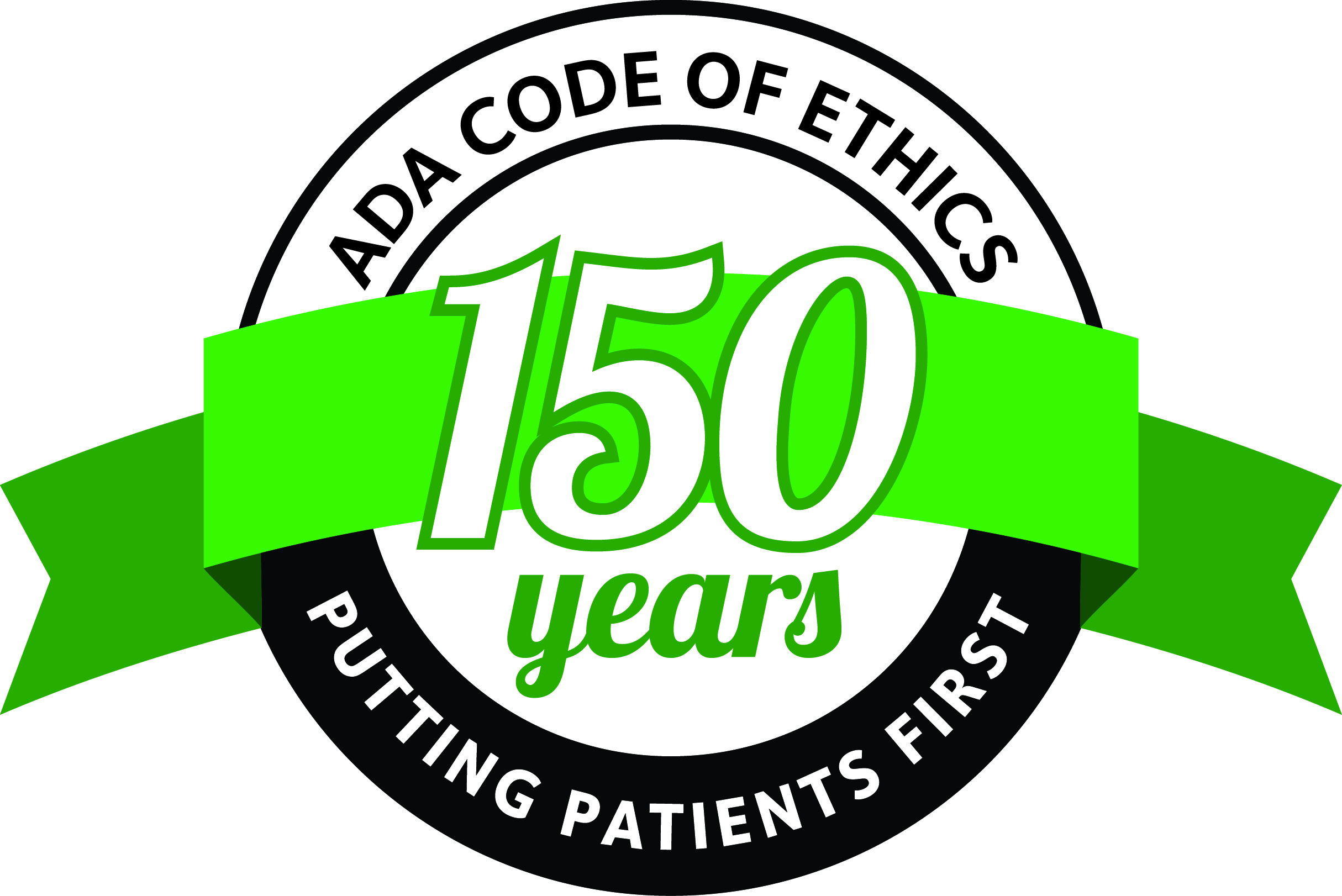150 years of professional ethics

As you know by now, the ODA is celebrating its 150th anniversary. Interestingly enough, so is the ADA’s code of ethics. And these two events – the founding of the ODA and the creation of the ADA code of ethics – both of which occurred in 1866, are closely tied together.
At the founding meeting of the ODA in June of 1866, 41 dentists arrived in Columbus to create a statewide association for dentists in Ohio. By the end of the first day, the group had approved a constitution and bylaws. Then, a committee on ethics was appointed and on the second day of the meeting the group unanimously adopted the code of ethics drafted by the ethics committee. According to reports at the time, the ODA’s code was believed to be the first written code of ethics in dentistry.
Article I of the ODA code dealt with the professional responsibility that dentists have to their patients, stating that the dentist should:
“Manifest kind and sympathizing disposition, combined with a firmness in doing that which is right. He should exercise proper authority as far as his knowledge and judgment will warrant … His deeds, rather than his tongue should declare his ability … He should be in good physical health.”
Article II of the ODA code dealt with the maintenance of professional character and the need for the dentist to “respect his fellow dentists, especially his seniors.” It cautioned dentists not to make “disparaging remarks” regarding a patient’s family dentist or to claim superiority over other practitioners.
Article III of the ODA code specifically limited a dentist’s scope of practice to the treatment of the “diseases of dental organs and the mouth” and admonished dentists to recognize the “superiority” of physicians over general health and that physicians should recognize the superiority of a dentist’s knowledge of the mouth.
Article IV directed that dentists had a duty to “enlighten and warn” the public about the dangers of “quacks” in dentistry.
The ODA’s code served as the model for the ADA’s Code of Ethics, which was adopted just a few months later. In fact, the structure and certain passages of the ODA’s code were identical to the original ADA Code of Ethics.
Article I of the first ADA Code of Ethics dealt with the “duties of the profession to their patients” admonishing the dentist to “be firm, yet kind and sympathizing so as to gain the respect and confidence of his patients” and to be “temperate in all things, keeping both mind and body in the best possible health.”
Just like Article II of the ODA code, Article II of the ADA code dealt with “maintaining professional character” and directed that young dentists “should show special respect to their seniors” and “when consulted by the patient of another practitioner the dentist should guard against inquiries or hints disparaging to the family dentist.”
Article III of the ADA code dealt with the “relative duties of dentists and physicians,” declaring that “dental surgery is a specialty in medical science.” It also provided that “the dentist is professionally limited to diseases of the dental organs and the mouth” and that dentists should recognize the “superiority of the physician in regard to diseases of the general system.” Article III also provided that the physician should recognize the dentist’s “higher attainment in his specialty” of dental surgery.
Finally, just like Article IV of the ODA code, Article IV of the ADA code stated that “dentists are frequent witnesses, and at the same time the best judges, of the impositions perpetrated by quacks, and it is their duty to enlighten and warn the public in regard to them.”
It has been 150 years since these first codes of dental ethics were adopted and much has changed. Research has demonstrated the interconnectivity between oral health and overall health making interdisciplinary interaction between dentists and physicians much more common and necessary. Professional regulation and other statutes protect dental patients from unsavory practitioners that were once known as “quacks.”
Today, the “ADA Principles of Ethics and Code of Professional Conduct” deals with many more and different issues as dental care has dramatically advanced from what it was 150 years ago. Today’s ADA code has sections on patient autonomy, nonmaleficence, beneficence, justice and veracity. But one thing remains constant just as it was 150 years ago: organized dentistry continues to be committed to the promotion of professional ethics and the advancement of dentistry. And that will never change.
